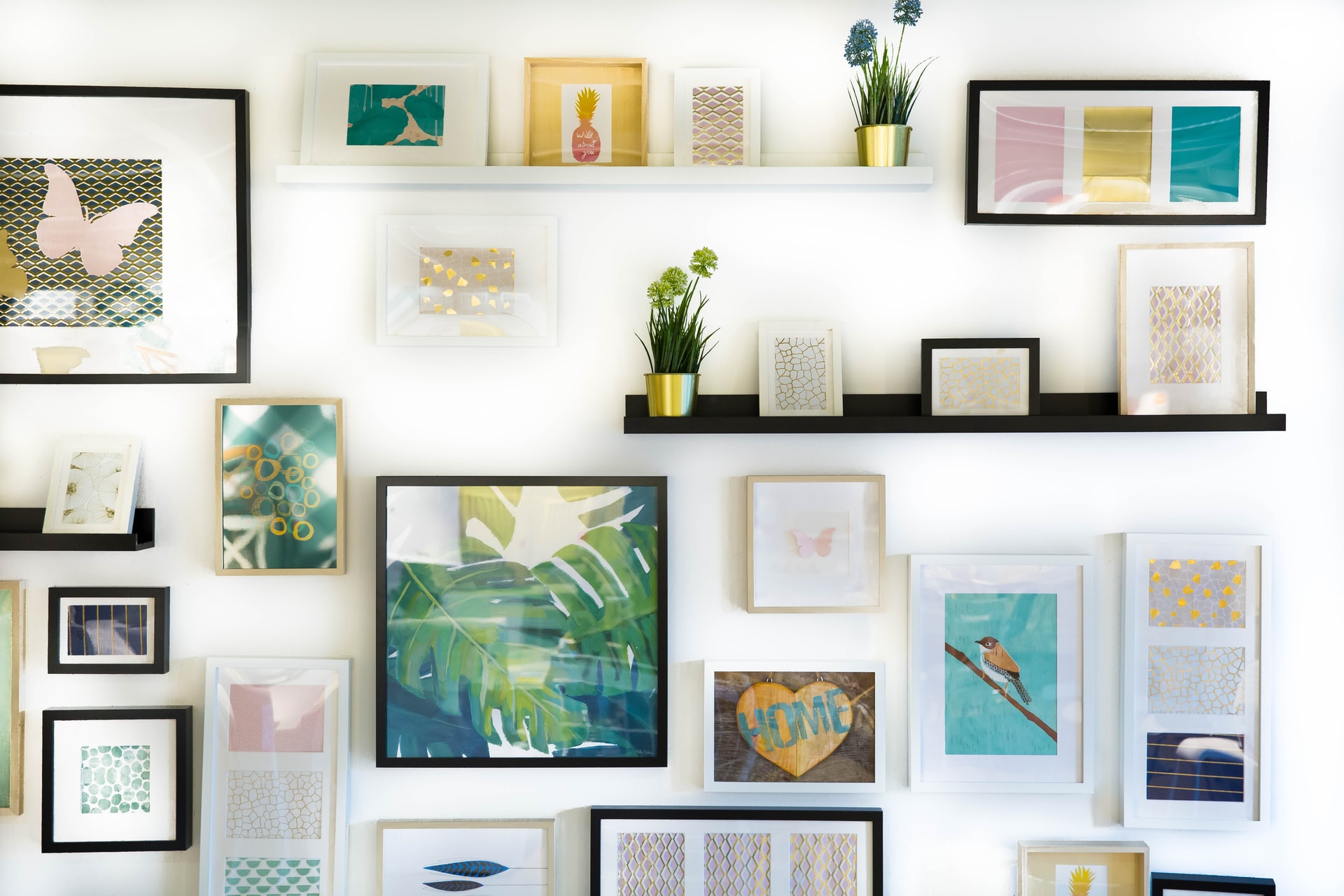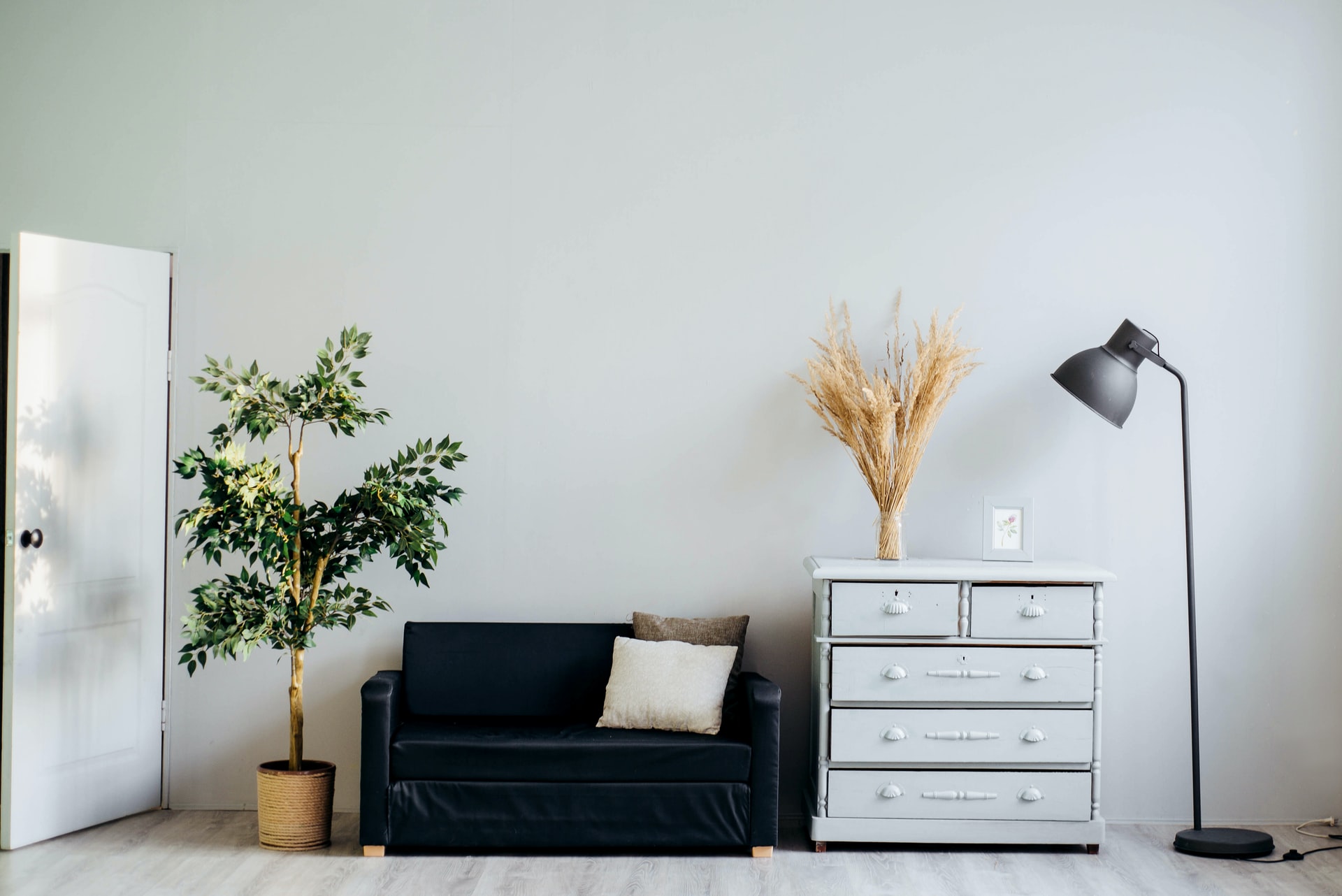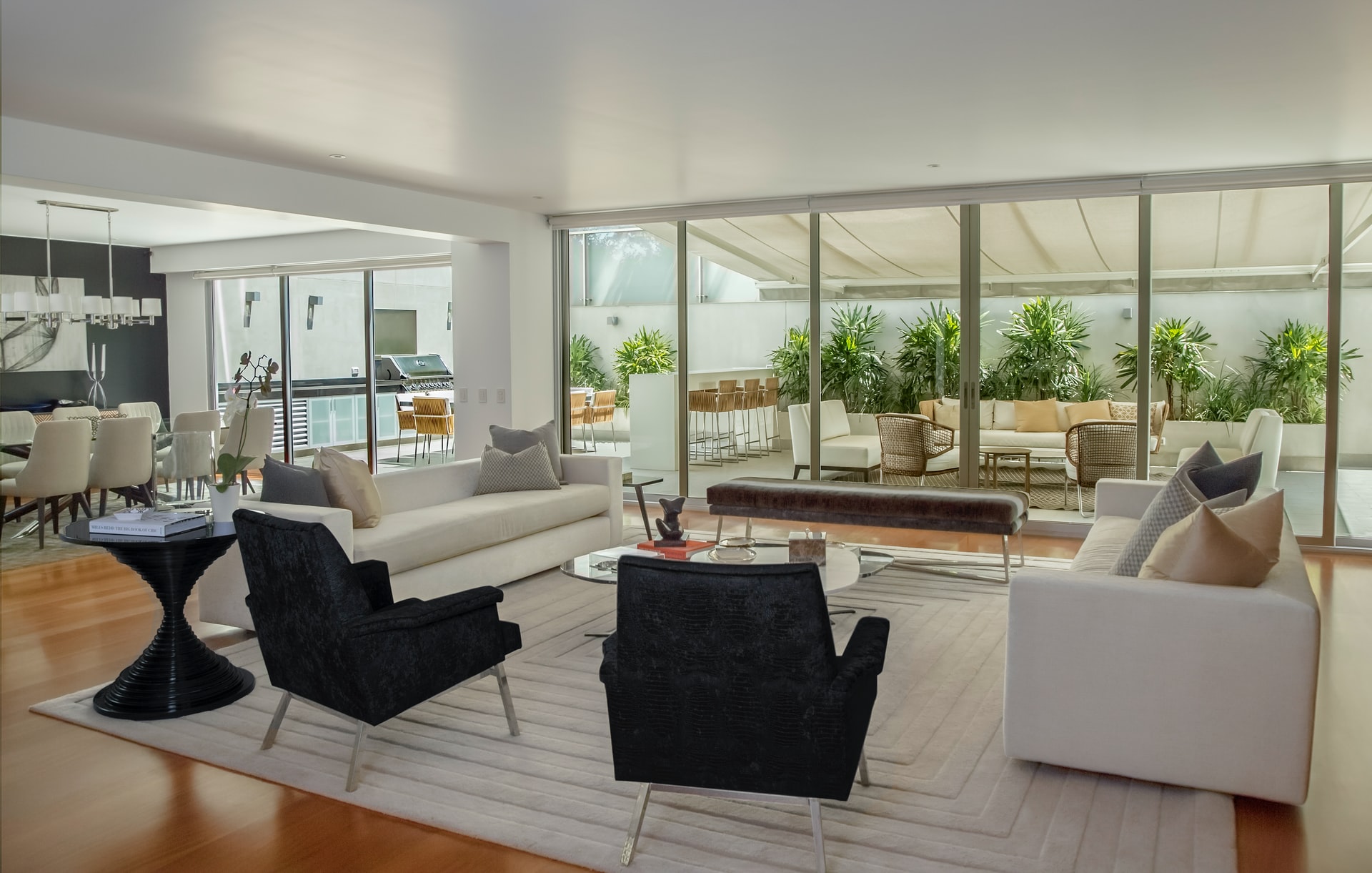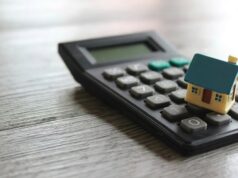Many people are pulled into real estate by the common belief that homes increase in value with time. While this is true in many cases, it is not always true. If a neighborhood becomes neglected, unsavory people move in or hang around an area, noise or pollution levels increase, or if the house’s style becomes outdated, a home can lose its value. You may be powerless against some of these factors, but there are some few cards you have left to deal with when it comes to increasing the value of your home. They include;
Add energy efficiency

The world is going green, and you should go green with it. 70% of real estate agents agree that promoting energy efficiency in a home listing such as Movoto was valuable. This is not as exciting as decorating, but it if is useful, and it is, you should give it a shot. Below are some of the environmentally-friendly features that homebuyers love.
- Energy-efficient lighting
- Energy-efficient appliances
- Windows, doors and siding installations
- Lower heat and cooling costs
- Energy conservation centered landscaping
- Installed solar panels.
Add beauty

Making your home more attractive is one significant way of increasing your home value. Not only is it good for the buyer, but it is also good for you as you get to enjoy living in a prettier home. The first thing you can consider is staging. Staging is an art that is designed to present your home in the best light. It includes activities such as changing your flooring to repainting your walls.
The point is to maximize each room so that it feels both comfortable and spacious. 39% of seller’s agents said that staging a home increases the dollar value offered by buyers by between 1-10%. This means that you could increase the cost of a $200,000 home by $2,000 to $20,000.
The most common rooms to stage are:
- Living rooms
- Master bedrooms
- Kitchens
- Dining rooms.
If you want to stage your kitchen, you can update cabinets, countertops, sinks, appliances, and flooring. You can stage your curb by replacing sidings, adding a deck, and adding a manufacture stone veneer. These projects may be expensive, but they pay dividends later on.
Add more space

Homes with more space tend to sell for more money. In recent studies, the median price for a home was $130 per square foot. This amount held steady for small and large dwellings meaning adding square feet translates into more money for you. Look around for walls you can knock down to open up space or rooms you can add to make life better. Below are some suggestions for increasing the livable area of your home.
- Convert your cellar into a living or storage area
- Convert your garage into a living space – There should be ample parking space outside
- Use a side-return extension to extend your kitchen
- Convert a loft into a bedroom
- Use a conservatory to increase living space
- Dig down to create a basement
- Adding a deck or a patio to your garden
- Add a new bathroom
- Make your living area open-plan by knocking down the kitchen/living room wall
Some of these changes require the use of specialists and select permissions, such as building permits. Be sure to have a budget that works for you. These renovations may be costly, but they are definitely worth it
Perform some renovations

Renovating means restoring your space to a better condition by cleaning, repairing, or rebuilding. Some improvements add more value than others. Here are some upgrades to consider
- Roof replacement – Have an inspector inspect your roof or do it yourself. Typically, a roof’s lifespan is 25 years. A buyer will not buy a home with a bad roof.
- Attic insulation. An improperly insulated attic is terrible for your utility bills and a problem during home inspections when you want to sell.
- New Heat, Ventilation, and Cooling Unit. – Typically, an HVAC unit lasts 10 – 15 years. The cost of replacement can be in the thousands depending on the size of the unit
- Hardwood flooring installation – Besides being naturally aesthetic, they are easier to clean and last longer than carpeting. The cost will depend on how much flooring you want
- Kitchen remodels – This involves replacing countertops, cabinet doors, lighting, flooring, and appliances.
- Plumbing repairs and replacement. –Poor plumbing could lead to leaks and possible flooding. If your pipes are corroded, rusty, or decayed, they need to be replaced. A home inspector will provide a report of how your plumbing is and what needs repair or replacement.
Add technology to your home

Having excellent devices in your home is another way to increase your resale value. This may mean replacing the old kitchen equipment with newer equipment. More and more people want their next home to have smart home functionality. When you install some basic smart home devices in your home, you can raise your asking price. A study by Coldwell Banker showed that many people spanning almost every generation want voice-enabled devices in their homes.
Some basic smart devices you can consider installing include;
- Smart thermostats – This technology saves you the hassle of adjusting your home temperature. Just set your desired temperature. When the temperature falls out of this range, it will activate the HVAC system to help adjust it. Some people even connect smart blinds and curtain furnishings to the thermostat
- Cameras and locks – There are some advantages to having smart security systems. They can help you control who has access to your home and inform you when there are intruders. Some biometric systems save you the trouble of using keys to get into the home
- Lighting systems – This is another system that can be connected to your window furnishings. They can help conserve your energy bills by opening when there is light out so you don’t have to use internal lighting. You can also set when the lights come on or go off at specific times if you are not home to give people the illusion that you are.
Whatever changes you decide to make, be sure the cost of the changes does not outweigh the returns you will get from the house.









